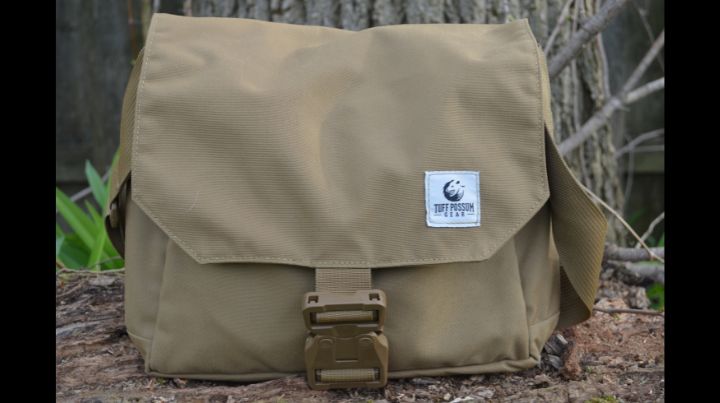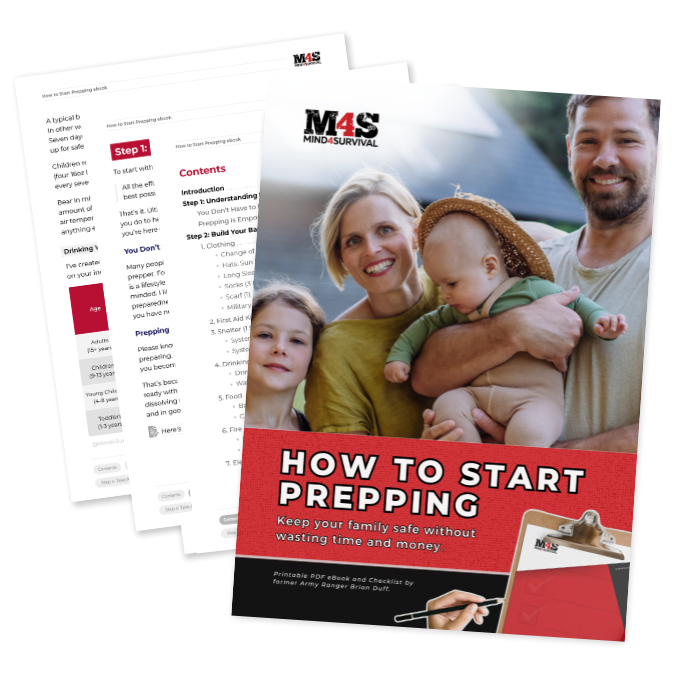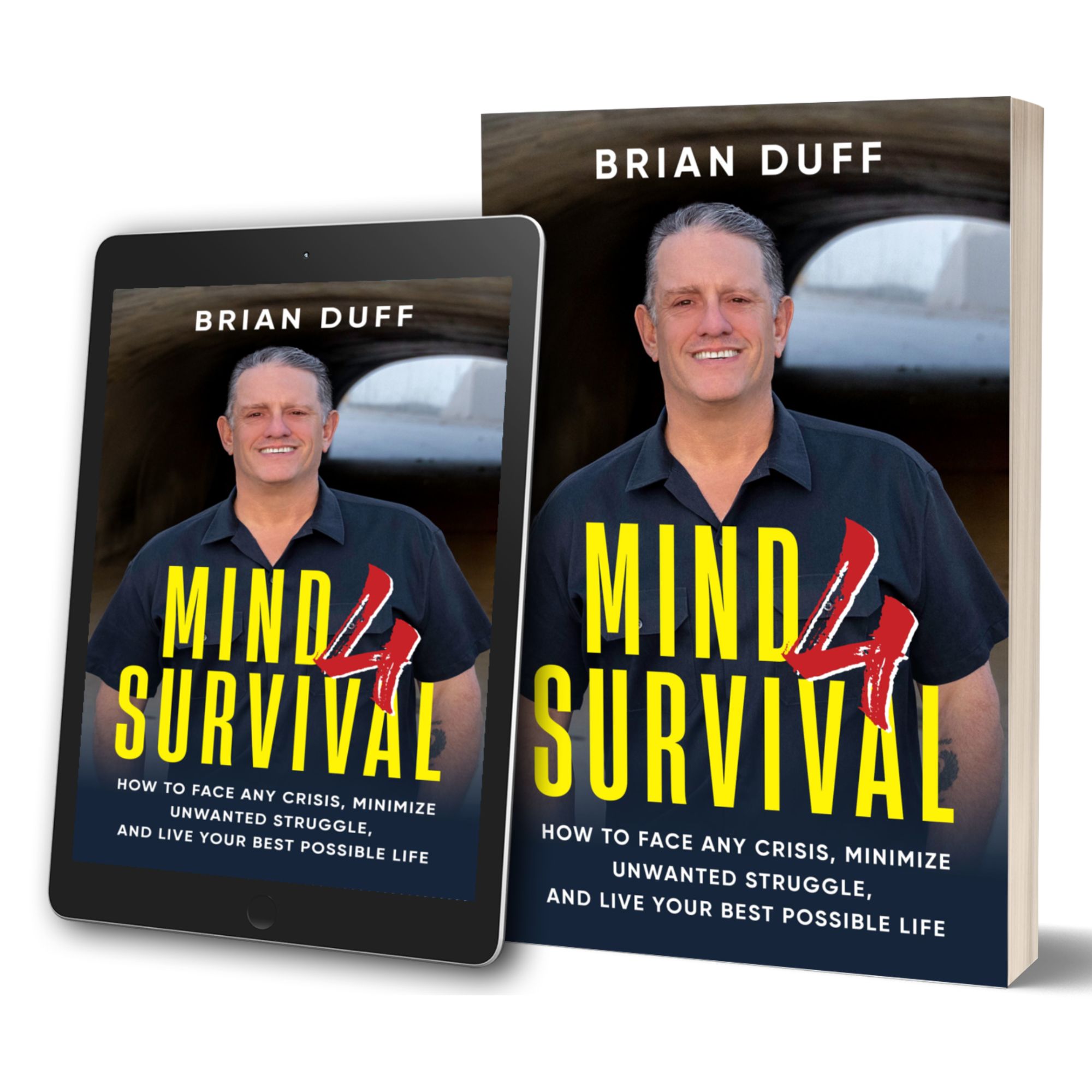Common Sense EDC
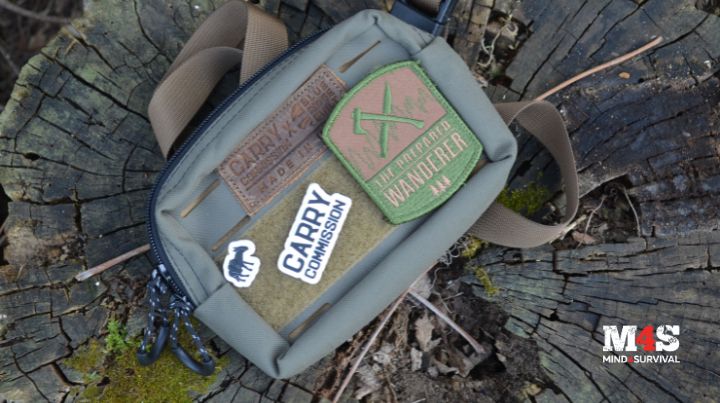
For those not familiar with the acronym, EDC stands for Everyday Carry. It refers to the gear you keep with you on a regular basis. For some, it consists of items you grab before you head out the door to work or running errands. For others, it’s more along the lines of if you’re awake, you have these things with you.
I consider EDC to have two layers: on–body carry and off–body carry. Some people have a much stricter definition and specify that if it isn’t on your body, it isn’t EDC. To each their own, I suppose. Here’s how I break it down.
On–body carry: These are items that you keep in your pockets, on your belt, or wear on your body.
Off–body carry: Think shoulder bag, backpack, purse, or something else along those lines. Using some sort of conveyance allows you to carry a bit more gear.
An argument could be made that there is a third layer, consisting of what you might carry in your vehicle, but that’s beyond our discussion today. For now, let’s stick with what you keep within arm’s reach.
The Basics
There are a few things that just about everyone carries daily, even if they aren’t particularly preparedness-minded, right? Cell phones are pretty ubiquitous at this point. For good or ill, pretty much everyone has one close at hand. If you don’t know how to use it effectively, that needs to change. Some of you are rolling your eyes, and some feel attacked. I’m speaking to the latter group right now.
If you’re carrying a cell phone, you should be able to do the following with it, at a bare minimum:
- Call and text 911 (or whatever the equivalent is where you live)
- Call and text a family member or friend.
- Use the mapping app of your choice to plot a route from one place to another.
- Use a search engine or mapping app to find a local restaurant, motel, gas station, and other services.
- Take photos and call them up to either view or send out (this is particularly useful in the event of a traffic accident).
Unfortunately, a high percentage of cell phone owners can’t do a lot of those things. “I can’t get it to unlock most of the time. This is just for emergencies; I never really use it.” If you’re going to carry it, know how to use it.
A wallet of some sort is becoming less common, but most people still have one, even in this age of digital everything. While there’s a school of thought out there that says cash isn’t going to be worth anything in a collapse, remember that cash has value right up until it doesn’t. Not every disaster or emergency is going to be a complete societal breakdown. In most cases, the right amount of cash will get you a meal, a place to stay for the night, and a whole lot more.
Tools
A good knife is an essential part of EDC. It’s used for everything from opening mail and breaking down boxes to cutting up food for lunch. There are literally thousands of options on the market today. While you don’t need to spend a fortune, a knife from the dollar store probably isn’t going to hold up to any sort of real use.
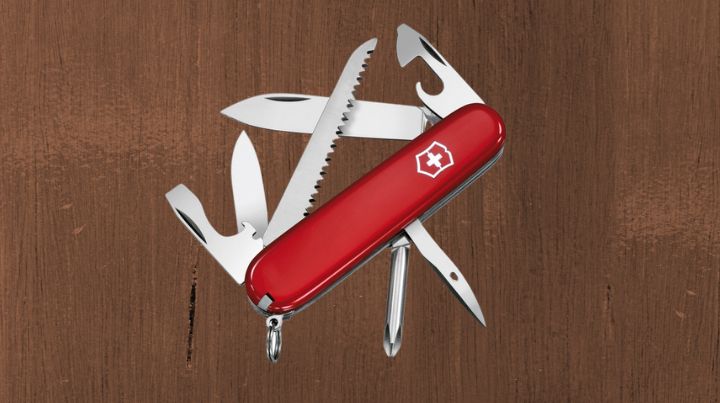
Knives
A Victorinox Swiss Army Knife is an excellent option that won’t break the bank. I like the Hiker model, which includes a small wood saw in the lineup. That said, I prefer to carry a fixed-blade knife that’s small enough to keep in my pocket, such as the Huntsman from Edge Knife Works or the Foreman from Vehement Knives. One more truly excellent choice is the M1 from White River Knife & Tool.
Flashlights
I had to be talked into carrying a pocket flashlight. It just sounded so weird to me. Tell you what, though. Once I started carrying one, I quickly realized just how handy it was. I’ve used one for searching for dog toys under the couch, lighting up dark hallways in apartment buildings, working under the hood of my car at night, and so much more. You don’t need something that’s so bright you could cast shadow puppets on the moon, either. Most of the time, 100 lumens or so will be more than enough. I’m a big fan of Streamlight products and own several of their flashlights.
Lighters
Even though I quit smoking many years ago, I still carry a lighter with me. It doesn’t get a ton of use, but it’s there if I need to make a fire. In my opinion, BIC makes the best quality disposable lighter, but if you want something more durable, look at the Exotac TitanLight. If you go with a BIC or similar lighter, consider tying a small piece of jute twine around it just under the button. This will prevent it from being accidentally pressed and leaking fuel, turning up empty just when you actually need to use it. Plus, the twine can be used as tinder in a pinch.
Writing Utensils
I feel like fewer and fewer people carry some sort of writing utensil, but I like to have one with me. After trying dozens of different brands and models of pens over the years, I favor something with a metal body for durability. The Zebra F701 is an excellent option, plus it doesn’t cost a ton.
I’m deliberately not going into defense weapons here simply because that is such a vast topic, there’s no way to do it justice in just a paragraph or two. That said, some way to defend yourself, ideally something that goes bang, should absolutely be part of your EDC.
Off Body Additions
I like to keep some sort of bag with me whenever possible. It gives me a lot more options for what I can easily carry. The actual load changes based on what I have planned for the day, but here are some of the most common additions. The two bags I use most often are a Shackleton Haversack from Tuff Possum Gear and a Bum Bag from Carry Commission.
Cordage
Cordage is another tool that might not be used daily, but you’ll be glad to have it if you need it. That said, I don’t routinely keep a hank of paracord in my pocket. Instead, I have several feet of it in my EDC pack, along with some duct tape wrapped around an old gift card. Personally, I’m not fond of paracord bracelets, but to each their own. If you go that route, be sure to know how to untie it without needing to cut the cordage into pieces.
Chargers
I always keep a battery charger for my phone in my bag, along with an AC plug and cord. While I’m pretty good about charging my phone overnight, sometimes I forget. There have also been times when I’ve been taking a lot of photos or otherwise using the phone considerably more than usual, and the battery starts to get low. I stumbled on the VRURC Slim Portable Charger on Amazon, and it’s been performing admirably for me for several months now.
First-Aid
If you’re going to carry a weapon, you should absolutely carry a tourniquet and other “Stop the Bleed” supplies. Many people keep a TQ on their belts, which is a great idea. I keep a small first aid kit in my bag, with the TQ separate and easy to grab.
Other Miscellaneous EDC Items
Something I don’t see mentioned often, but that could get a lot of use, is a pair of tweezers. While many Swiss Army Knives are equipped with them, those aren’t particularly great for removing splinters, which is why I end up using tweezers for a fair bit. They weigh next to nothing and are small enough to stash just about anywhere in my bag.
Related to the tweezers is a small magnifying glass. It works better than taking a photo of a label and then enlarging it on my phone so my, ahem, mature eyes can more easily read it.
One more nice thing to keep handy is an eating utensil, such as a metal spork. I’ve lost count of the times I’ve hit a drive-thru for a quick lunch only to find out that they forgot to include a spoon for my soup.
Listen, when you get right down to it, EDC is all about making your life easier when you’re away from home. Whether you’re at work, running errands, or having a fun night out with friends, certain things will smooth out problems when they arise. Customize your EDC loadout to meet your individual needs and address the likely issues to arise.
Additional Resources:
- Basic First Aid Skills for Preparedness
- Don't Hunker Down Without These Bug In Essentials
- Bug-Out Bags for College Students
- Everlit Emergency Trauma Kit (This Kit Has You Covered!)
FREE Guide
Read the Best Seller
Join Mind4Survival
Stay informed by joining the Mind4Survival! 100% Secure! 0% Spam!
Affiliate Disclosure...
Mind4Survival is a free, reader-supported information resource. If you make a purchase through our link, we may, at no cost to you, receive an affiliate commission.

